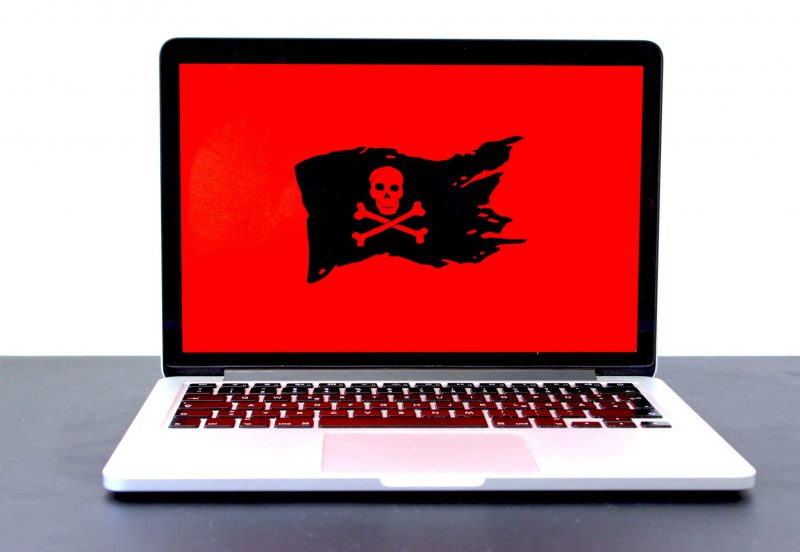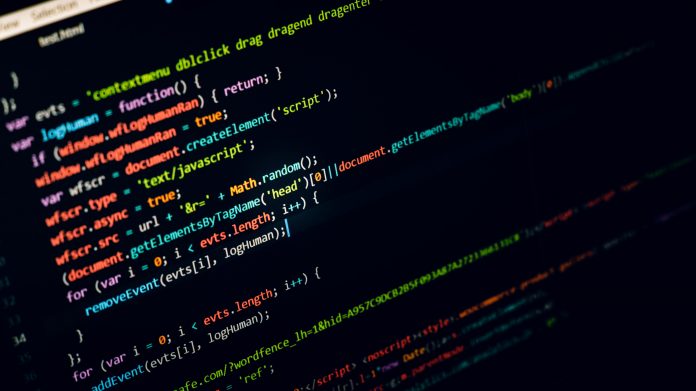Modern businesses of today will inevitably end up facing multiple potential security breaches. Cybersecurity threats are always on the rise, and there’s no sign of them slowing down. Small businesses face the most risk, often having fewer resources to defend against these threats.
As a business owner, it’s your responsibility to take every measure possible to keep the company secure from any potential attacks.
One of the best ways to do this is by implementing code signing for all executable files and scripts downloaded onto your systems. Here are five steps on how to do this.
What’s Code Signing?
Code Signing is the process of digitally signing executables and scripts to confirm the software author and guarantee that the code will not be modified or corrupted since it gets signed.
Code signing certificate will help you maintain a safe, secure environment for your business data by providing validation in every file downloaded onto your system. The signature will also allow you to identify who created the file and when.
How it works is that the signature is generated, and then it’s assigned to the file. The signature can be verified at any time by checking that it matches a previously known, trusted one for the same. Buy Code Signing Certificate and digitally sign your programs, scripts, code to prevent it from code tempering.
1. Make sure that you are using up-to-date antivirus software.
Updating your antivirus software is essential for keeping up with malware threats. If your business is not requiring the use of a Linux system, you may want to consider installing an antivirus program that does.
Spyware and malware are most often detected by looking for changes to system files or configurations, so be sure to check these as well. If you are using a Windows system, you’ll want to check for any changes to the registry.
The next thing that you’ll want to do is keep your software up-to-date. This includes installing new patches when they are made available and ensuring that all of your applications have been updated within their schedules.
Lastly, you’ll want to make sure your anti-malware program is running at all times and will prompt you when programs are trying to install.

2. Maintain strong passwords
Strong password and code signing go hand in hand. It’s essential to keep your passwords strong, but this is especially true if you are using a code signing certificate to distribute software outside the company network or with customers you don’t know well.
The best way to do this is by using Diceware passwords, which are made up of five dice rolls and six words from word lists distributed with the toolkit.
The great thing about these sets of words is that they can be used as a list of passwords for all purposes, meaning you only need to remember one set.
3. Practice good network hygiene.
There are two main things to keep in mind when it comes to network hygiene. The first is that you should always have a firewall protecting your local area network (LAN) and the second is that all of your software updates must be applied as soon as they become available.
The latter can get complicated for companies that use multiple operating systems with different update policies. For example, Microsoft offers the option to apply software updates automatically, which is not available on macOS or Linux systems without third-party applications (e.g., Munki).
4. Back up your data often.
It’s tempting to put off your regular backups when the time comes, but it is always worth finding a way to make this happen. For example, you could periodically set aside an evening or weekend and dedicate it exclusively to backing up your data.
Performing regular backups of your most essential files and server configurations can help you avoid total disaster if worse comes to worst.
You should also periodically backup all of the smaller files on your computer because those would be much more difficult to recover individually than your most important data.
To reduce the risk of human error, you should make a backup copy of your computer’s configuration every time you perform a significant change to your system. This will allow you to roll back if something goes wrong with an update or other changes that were made on your system.
5. Keep an eye out for phishing emails.
Phishing emails are a common way that hackers try to get sensitive information. They pretend to be from legitimate organizations and send out fraudulent messages with what appears to be an original link or attachment but are instead designed as malware-laced links.
If you receive an email asking for personal data such as usernames, passwords, or other account information, it’s best not to click the links or attachments in these messages. Instead, delete them immediately.
Always verify with a company before completing any requests of this nature, and never provide your personal account information to anyone outside of the organization that you work for.

Conclusion
Code Signing is an essential process in a business’s security protocol. These security measures will help you keep your code signing process safe from hackers. They are simple, easy, and actionable.
You don’t need any technical knowledge to implement these security measures. It’s worth noting that the steps discussed in this blog post are not a complete list of all available options but rather some of the most popular and effective ones.
Make sure to do your due diligence before implementing any changes or additions as they may impact other existing security protocols.


































